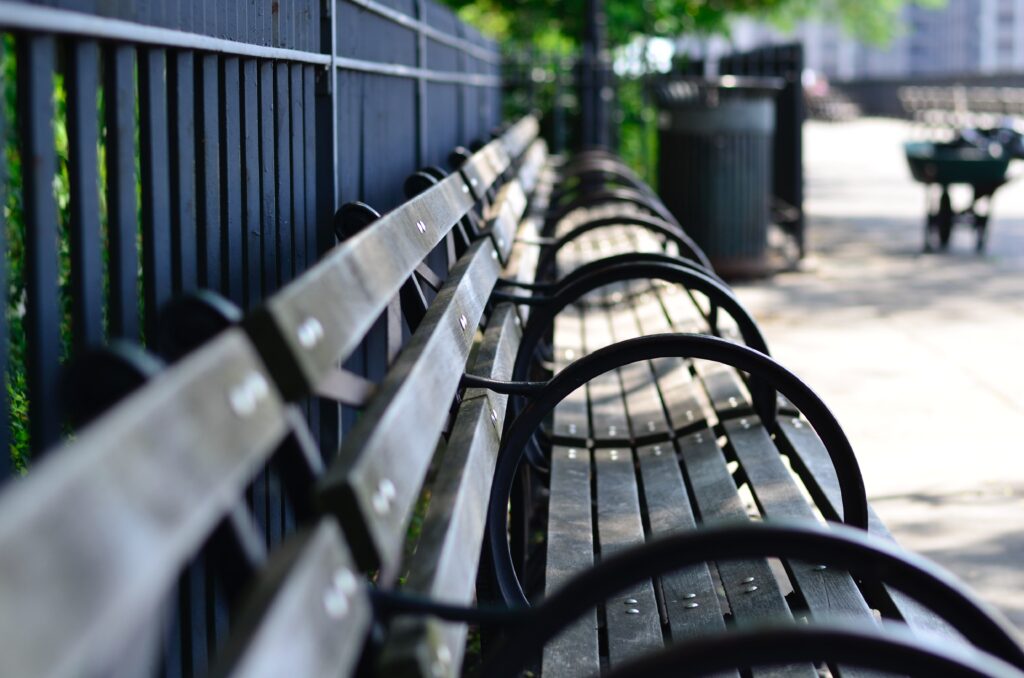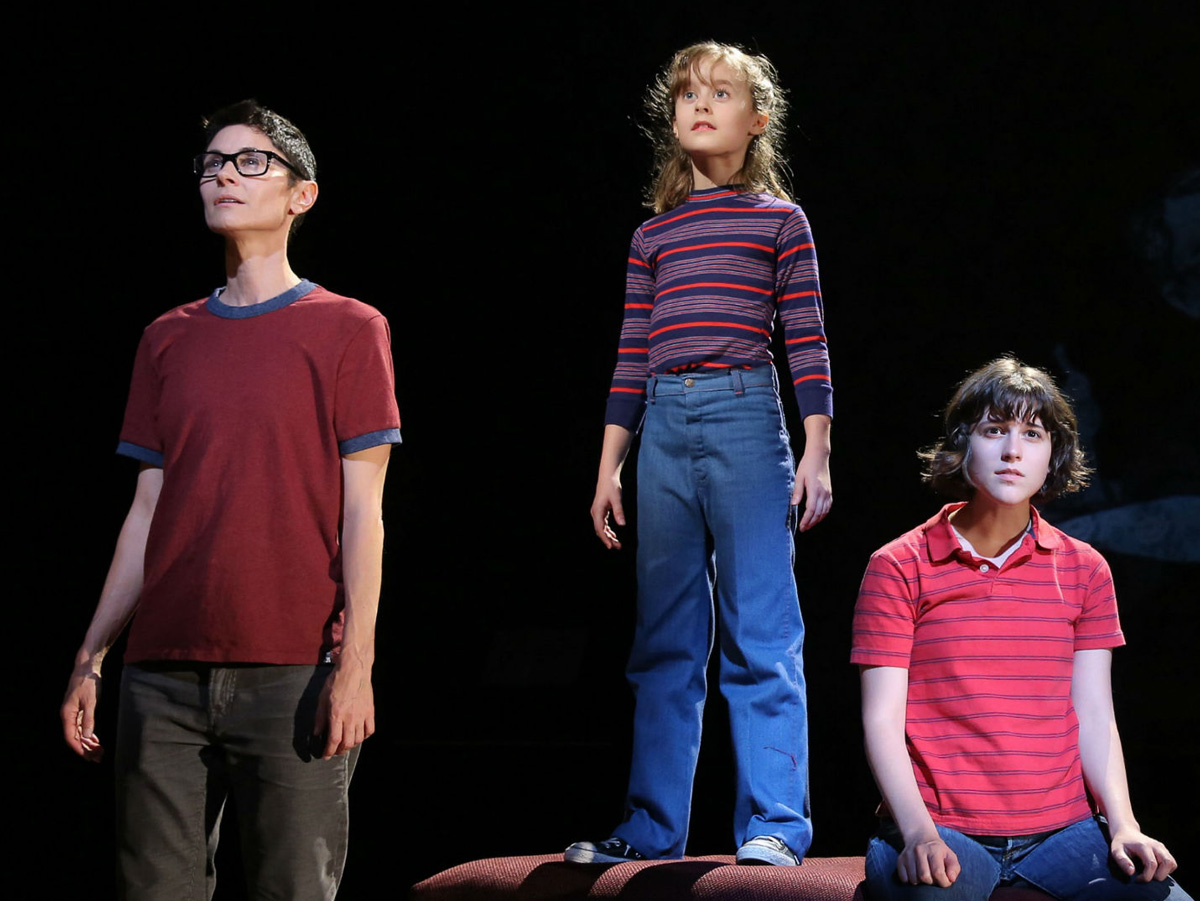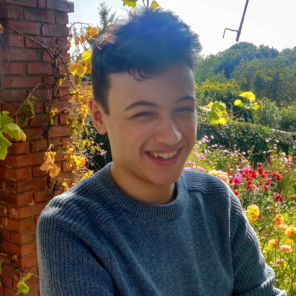COVID-19: how will it change our cities and societies?

Milo delves into the ways he predicts COVID-19 might make us see ourselves and our favourite places differently
COVID-19 has changed the way that we connect with others, see our local areas and go about our day-to-day lives. But while the pandemic is having a big impact now with a great toll on people due to lockdown and the death or illness of loved ones, could it also be re-shaping our future lives in a positive way? During lockdown, many of the places in which we would usually spend time with family and friends have been off-limits. I’m interested in the ways we have tried to fill this hole and what we can take from the new ways in which lockdown has made us socialise.
One way many of us have solved the problem of maintaining social interaction, even when it has been limited, is by going online and relying on new tools that, before the pandemic, we had been totally unaware of. Zoom calls and Skype chats have replaced work, school and social interactions, enabling many of us to maintain valuable social connections with the key people in our lives. These new ways of connecting have also led to new kinds of social interaction, such as Twitter ‘listening parties’ where people listen to albums together in real-time and talk about them over social media. These online events link thousands of people from all over the world who like the same music or want to discover new music together.
While enforced separation may have made us value our own friendships even more, it has also highlighted and heightened empathy for people who do not necessarily have many friends or cannot make social contacts easily.
And while enforced separation may have made us value our own friendships even more, it has also highlighted and heightened empathy for people who do not necessarily have many friends or cannot make social contacts easily. As a result, intergenerational interactions have increased throughout lockdown as younger people have volunteered to collect shopping or prescriptions for elderly people who are self-shielding, and schemes like #MyDearNewFriend have enabled young children to send letters to people in care homes.
The latter scheme, set up by Ayesha Shand and her cousin Alice Irwin, has helped connect people in care homes with hundreds of children, encouraging them to write letters and start new friendships. The letters often include drawings or descriptions of things that the children are enjoying, and have been immensely positive for the residents of care homes who often feel isolated – a feeling heightened by the impact of lockdown, which has meant limits on visitors. In some cases, these first contacts have developed into pen-pal friendships that have brightened days throughout the pandemic and beyond. The scheme has been supported by organisations such as the Royal Mail and the National Literacy Trust, and has given both the senders and recipients improved confidence and social literacy. On top of these social benefits, the children involved have benefitted academically. In a time where home schooling has been a big challenge for many families, the scheme has encouraged writing and literacy in a fun and positive way. Longer term, the legacy of such schemes could be even greater.
Many of us have started to interact with and see the areas in which we live in new ways.
On top of squashing our social lives, lockdown has restricted many geographically, making us stay within our local areas for what feels like a very long time. As a result, many of us have started to interact with and see the areas in which we live in new ways. In the absence of crowded gyms, pools, beaches, pubs and cafes, we have instead spent time walking, jogging, and responsibly socialising in parks and green spaces near our houses. In doing so, we have come to see our local green spaces (or lack of them) in a different way. Many people have used these spaces as places to exercise while others have used them to provide a change of scenery and an escape from their homes. We have found new places, hidden secluded spots, secret gardens, and interesting buildings, but we have also noticed a lack of community areas, and encountered rundown or neglected parks and spaces.
We have found new places, hidden secluded spots, secret gardens, and interesting buildings, but we have also noticed a lack of community areas, and encountered rundown or neglected parks and spaces.
From a global perspective, there have been increasing levels of climate activism for a long time now. Even during lockdown, we have seen protests, climate strikes, and marches drawing our attention to environmental issues. People who have typically been uninterested in these issues and activities might now come to reassess the value of their local environment. As a result, they could be more likely to become more involved and more vocal in the future, and be less likely to allow the destruction or neglect of green spaces to continue, and instead may do things to actively benefit it.
Schemes such as ‘guerrilla gardening’ and ‘urban greening’ can make the green spaces around us more pleasant and usable for everyone. Urban greening adds more trees and plants to streets so they become better places to walk and cycle in. It transforms areas dominated by concrete and man-made structures into spaces that more closely resemble gardens and allotments. Heather Alberro, writing for The Conversation, argues that urban greening “can save species, cool warming cities, and make us happy.” She explains that it saves species by introducing new plant life that can act as a habitat for insects, birds and other creatures, it reduces asthma-aggravating air pollution, and, as many of us will have come to appreciate during lockdown, it is positive for our headspace, providing us with a place to de-stress.
While urban greening is typically the responsibility of government and local councils, so-called guerrilla gardening aims to achieve the same goals through (unauthorised) community or individual action. Guerrilla gardeners aim to beautify and improve areas near them that have been neglected by planting trees, flowering plants, or even vegetable gardens in the middle of towns and cities. Typically, they don’t even wait for permission to garden an area, often targeting abandoned sites or streets. This means that guerrilla gardening can take place practically anywhere. The GuerrillaGardening.org blog, launched in October 2004 by Richard Reynolds, initially documented his own projects in London but has grown to include activities in over 30 countries, including places as far afield as Libya and Canada. The blog provides advice and support for others who want to start projects of their own. Guerrilla gardeners find it empowering to think that anyone with plants, tools, water and effort can make a positive impact in their local environment that benefits themselves and their community.
Guerrilla gardeners aim to beautify and improve areas near them that have been neglected by planting trees, flowering plants, or even vegetable gardens in the middle of towns and cities. Typically, they don’t even wait for permission to garden an area.
These approaches may signal wider change to the places we live in. Murals, street art and graffiti could be used to make the places we live in look and feel nicer, and community activities and services may make spaces more usable. In the long run, this could make us less reliant on travelling to other areas for leisure activity – the start of a positive feedback loop that could see ever increasing improvements. Lockdown has made us see the best and worst of our local areas. Could this trigger regeneration and the re-greening of our environment?
Beyond its immediate impact on how we spend our days and what is happening in our neighbourhoods, lockdown has also started to have a deeper influence on the way we see work and what we value in society.
During the pandemic the phrase ‘essential workers’ entered our vocabulary for the first time. For many, the breadth of this category and the nature of some of the jobs that it contains has been a surprise.
During the pandemic the phrase ‘essential workers’ entered our vocabulary for the first time. For many, the breadth of this category and the nature of some of the jobs that it contains has been a surprise. While emergency service workers, medics, teachers and those that keep the country’s lights on might have been expected to fall into this category, we have also had our attention drawn to less high-profile (and less well-paid) jobs such as delivery drivers, bus drivers, volunteers and unpaid care workers, alongside many other roles. The importance of these jobs, and in many cases the risks that those carrying them out were exposed to, has started to change attitudes towards them. For example, supermarkets have acknowledged that elderly people and key workers need specific protected times in which to do their shopping. The “clap for carers” initiative gave people a chance to recognise and show their respect for workers involved in dealing with the Coronavirus crisis. Home schooling brought home to many parents the challenges of teaching children and the mix of care and education that teachers provide.
Not everyone has experienced Coronavirus in the same way. For some people, the last few months may have been a break from work and a chance to catch up on reading or watching TV box sets, but for others it has been an immense struggle. The legacy of the pandemic will also be different for different people, and while this article has attempted to identify some of the potentially positive ramifications of the global pandemic, it will be important to ensure that these positives are felt by everyone.
How have you noticed lockdown affecting you and your friends? Has it changed the way you see where you live? Let us know in the comments.

About Rife





